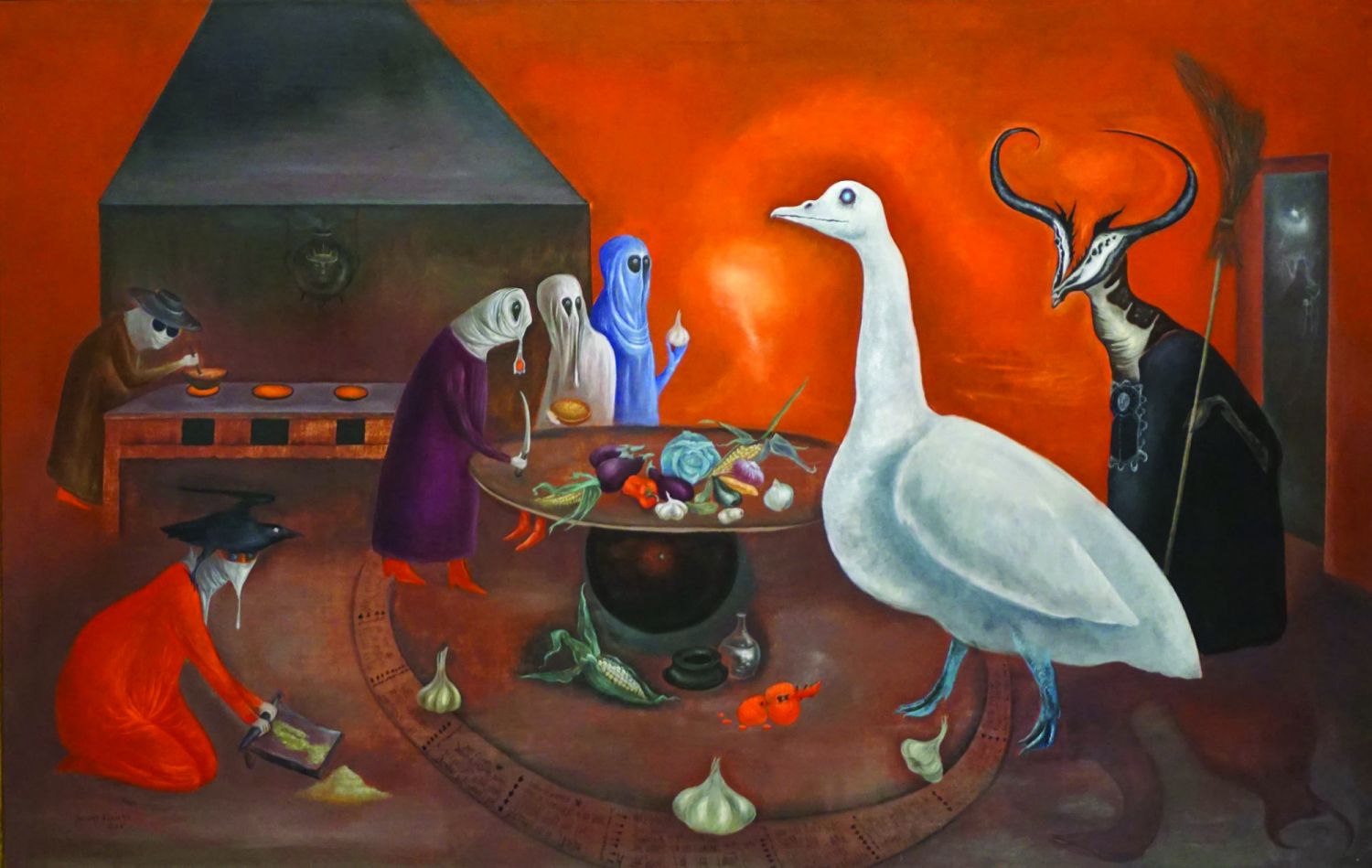Magic, witchcraft and astrology have captured the imagination of a growing group of artists. For many, the solution to the world’s current upheaval lies in the stars and the invisible
Christopher K Ho has been indulging his fascination with fax machines and mermaids. “There is magic in faxing,” says the artist of the almost obsolete communication method. “There are all these possibilities for transformation in the translation of one message to the other.” Ho is standing over a mock-up of his latest installation, an unexpected composition of three fax machines containing images of actress Daryl Hannah at different stages of her life, the most recognisable from her iconic role as a mermaid in the 1984 film Splash, co-starring Tom Hanks. The images in the output trays are glitchy versions of pre-Raphaelite artist John William Waterhouse’s 1900 painting A Mermaid, illustrating the persistence of the human obsession with mermaids.
Ho further points out that faxes are untraceable and unhackable—opaque in a sense. “They preserve a private sphere, where fantasies are transforming; it’s a private thing, fantasy.”

As part of the installation, bizarre, glitchy opera music plays in the background; Ho explains it’s from the Czech opera Rusalka (1900), in which the eponymous mythical water spirit falls in love with a human, losing her voice in exchange for a pair of legs. In the extract selected by Ho, a witch named Jezibaba is reciting the ingredients that go into brewing a potion which eventually transforms Rusalka into a human.
The three fax machines in Ho’s work loosely represent three businessmen, and are reminiscent of Macbeth’s three witches. “I wanted to envision a bunch of white men conniving and stirring a pot—literally, plotting a corporate takeover.”
Ho created Faxalka (2022) for WOW, or Witches Own Without , an exhibition which opened in September at Current Plans art space in Sham Shui Po. He is one of 15 artists who created works engaging with witchcraft beyond its stereotypical western interpretations. Curated by another trio, Eunice Tsang, Lok Wong and Ali Wong Kit Yi—who playfully refer to their cohort as a coven—the show explores the possibilities of transformation through the likes of witchcraft, magic, astrology and mysticism, at a time when society desperately requires change. “In a time of crisis, we need to believe that there is something beyond,” says Ho. “Magic helps us believe there is something beyond our own concerns.”









